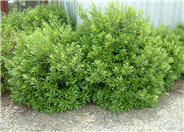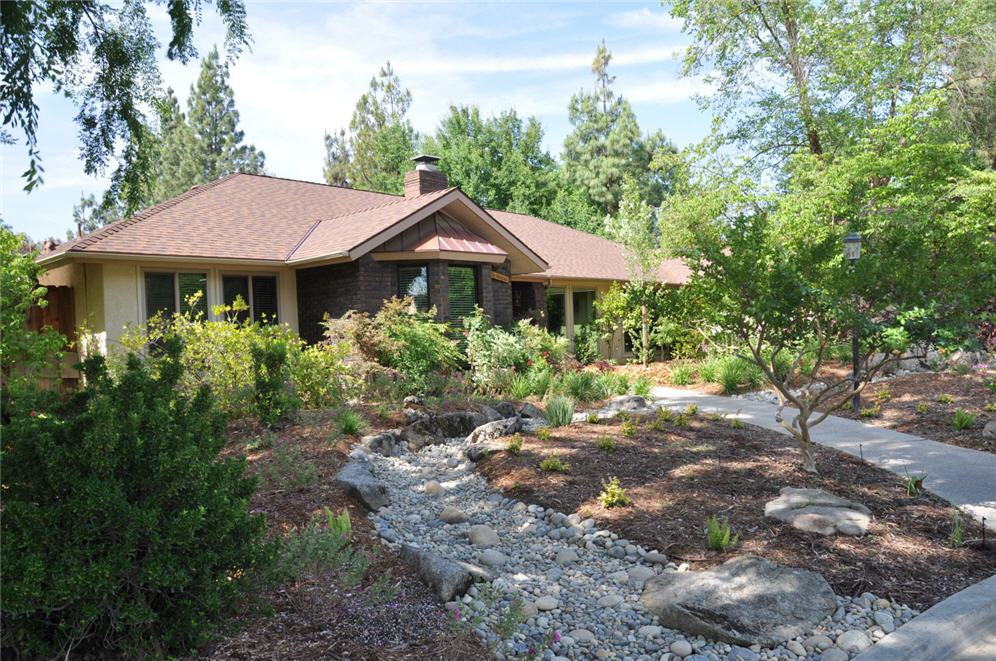
Common name:Canary Island Pine
Botanical name:Pinus canariensis
This graceful, slender-growing pine has a pyramidal form, reaching 50'-70' tall. Its needles are 12" long and drooping in bundles of 3. The foliage is a blue-green color, maturing to a dark green shade. Needles do drop periodically, creating litter. Flowers are insignificant. Cones appear in the spring.

Common name:Chinese Elm, Chinese Evergreen Elm
Botanical name:Ulmus parvifolia
Chinese Elm quickly reaches 50' tall and 60' wide with an upright habit and spreading pendulous branches with age. Chinese Elm has small, dark green leaves. Foliage turns yellow or orange in fall. Small, greenish yellow flower appear in summer but are considered insignificant. Small light brown fruit appear in fall. Bark is brown gray but with maturity, exfoliates to reveal orange patterns.

Common name:Pacific Wax Myrtle
Botanical name:Myrica californica
This large shrub can reach 10'-30' tall and has glossy, apple green leaves that turn dark green with maturity. Tiny yellow insignificant flowers appear in summer, followed by purple berries that attract birds. Used very effectively as a screen and is wind and ocean spray tolerant. Leaves are aromatic.

Common name:Crape Myrtle
Botanical name:Lagerstroemia indica
The new leaves of this species are 2" long, bright green, and tinged with bronze. Some cultivars have spectacular fall color. When it has a bare outline, its rounded seed capsules add interest. Its delicate flowers bloom in 6"-12" long clusters. The flower colors could be shades of red, rose, pink, purple, and white, blooming in summer. It thrives on heat, and new cultivars have been created that resist mildew. This tree prefers full sun and has low watering needs once it's established.
| Designer: Jody Palmer | Dry Creek Bed |
Photographer: GardenSoft |
Soils and Compost:
Incorporate compost 6" into your soil to retain water, reduce compaction, feed earthworms, and provide valuable nutrients to your plants.
Water Saving Tip:
Check the soil's moisture level before watering.
You can reduce your water use 20-50% by regularly checking the soil before watering.
Integrated Pest Management:
Drip and other smart irrigation delivers water directly to roots, allowing no excess water for weeds.
